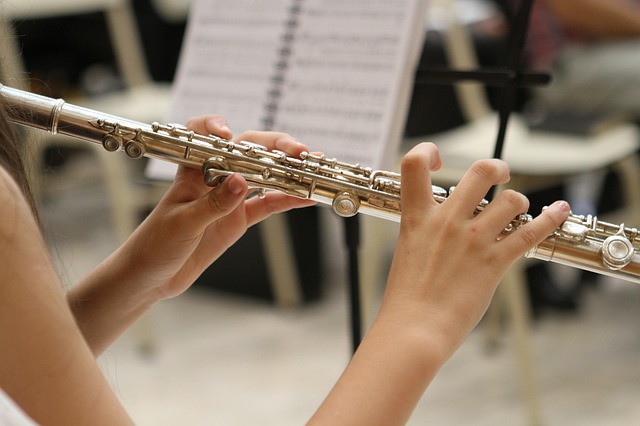Richard Wolf maintains that practice is a key element in meditation and playing a musical instrument. Richard explores practice along with other parallels between meditation and playing music in his book, In Tune: Music as the Bridge to Mindfulness. Previously, I explored his ideas on achieving harmony through music and meditation.
It is through practice that we can master playing an instrument or achieving a high standard in sport. The same is true of meditation – our capacity to meditate and achieve its benefits is dependent on how well we practice. The greater the regularity and length of our meditation practice, the greater are the benefits that accrue to us.
Practice and repetition
Practice requires repetition and may be experienced as boring, e.g. playing scales on a musical instrument. However, as Richard notes, after a period of practicing, if we persist, we can be keen to “practice for practice sake”. With sustained practice, comes the realisation that the practice itself achieves the desired benefits of competence, concentration, harmony and spontaneity. This is as true of meditation as it is of practising a musical instrument. It is similar with sporting practice. I recall practicing tennis drills with my brothers when we were playing A Grade tennis fixtures. Repetition was a key part – hitting the ball up the line over and over or practising volleys again and again. However, as we grew in competence, we would marvel at the shots we played, laugh at the fun we were having and experience a real sense of happiness. We would look forward to our practice sessions.
As our meditation practice improves and starts to flow into our daily life, we begin to experience a greater variety of benefits which, in turn, feed our motivation to practice. Richard suggests that this occurs because when you meditate, “your mental, emotional and physical awareness are the instrument you practice on”. The essence of effective practice is to maintain focus in the present moment on what we are doing, whether playing a musical instrument or meditating on nature.
Breathing in time – treating your breath as a musical instrument
Richard highlights the role of beats in music and the need for a musician to master different times in music such as 4/4 time and 3/4 time (as in a waltz). He suggests that “counting beats internally” is an essential component of mastering a musical instrument. He proposes that as a form of meditation practice, you can adopt the parallel technique of “rhythmic breathing”, e.g. what he calls a “four-bar sequence”. This involves holding your breath for four beats (counting to four) for each of the four “bars” involved in breathing – inhalation, holding, exhalation, holding.
In his book, he offers other variations on this breathing sequence that you can adopt but stresses that the important thing is to go with whatever helps you to experience calm and equanimity. It is vital not to beat up on yourself if you lose count in the middle of your practice – just start over again. The outcome is achieving a mind-body rhythm that is beneficial to your sense of ease and wellness.
Reflection
Meditation practice becomes enjoyable as we grow in mindfulness. This increasing inner and outer awareness flows into our daily life and brings a variety of benefits such as focus, productivity, creativity, calmness and richer relationships. The benefits can grow exponentially if we sustain our meditation practice. Rhythmic breathing can enhance our mind-body connection.
____________________________________________
Image by Brenda Geisse from Pixabay
By Ron Passfield – Copyright (Creative Commons license, Attribution–Non Commercial–No Derivatives)
Disclosure: If you purchase a product through this site, I may earn a commission which will help to pay for the site, the associated Meetup group and the resources to support the blog.

